Down To Earth: Space Science For Community Change
Use science and innovation from the International Space Station and beyond to solve real-world environmental challenges in your community for World Space Week, October 3-10, 2025.
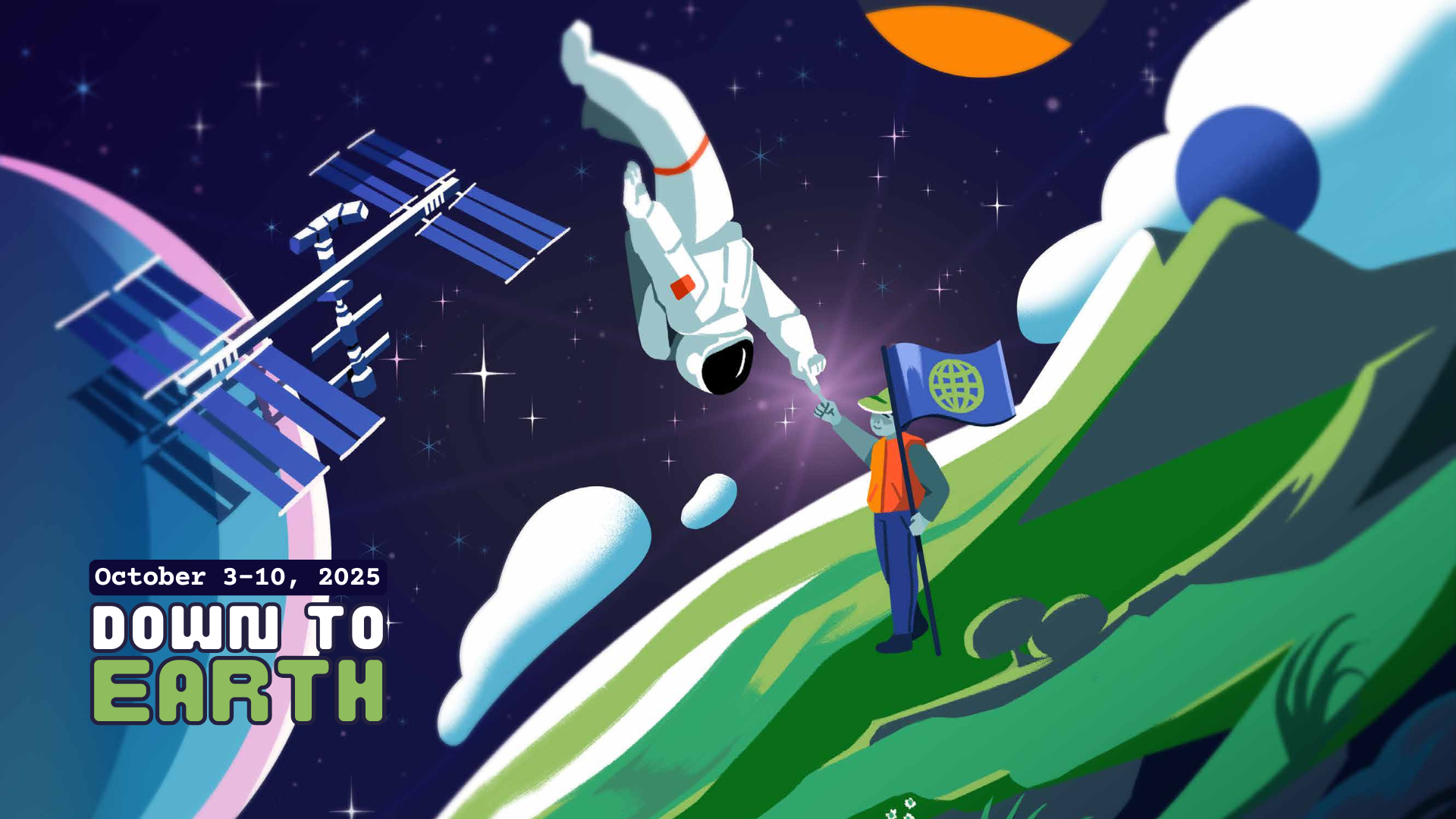
Calling all budding environmentalists, space enthusiasts, and Earth-bound innovators! Building on the success of our launch in October 2024 (thanks to support from the International Space Station National Laboratory), Science Friday is excited to continue our Down To Earth program—a free educational experience designed to ignite a curiosity for science that’ll burn brighter than a rocket booster.
We’re looking for the next generation of scientists and engineers to solve real-world problems and combat climate change by using cutting-edge space technology in exciting and novel ways, while exploring exciting STEM career paths. Designed for middle-school students, Down To Earth is an anywhere, anytime program for everyone, regardless of prior knowledge of space research. No space suit required!
What cutting-edge innovation from space can you harness to transform your community? The answer may be floating 250 miles above your head.
Got questions? Need disability or language accommodations? Send us an email at educate@sciencefriday.com.
2025 Livestreams | Down To Earth Activities | Online Community
Here’s what you’ll enjoy as part of the Down to Earth experience:
Got questions? Need disability or language accommodations? Send us an email at educate@sciencefriday.com.
This year, we’re hosting special 30-minute livestream events: Mission Control Live! These fun, interactive sessions explore how we might grow food in space—from real NASA experiments to the incredible inventions that could feed future astronauts. Meet authors, hear amazing stories, and discover how young scientists are already contributing to space exploration. Bring your questions and get ready to be inspired by the future of space agriculture! Download our Down to Earth Planner for a printable schedule and a free graphic organizer for students!
🐞 Friday, October 3, 1:15 pm ET / 10:15 am PT: True Stories of Determination and Creativity
Join us for our first Mission Control Live! as we meet special guests Melissa Trempe and Natalia Ojeda, authors of the picture book Ladybug Launch: Inspired by a True Story of Chinitas in Space. Natalia will share her incredible real-life experience as a student whose all-girl class designed an experiment for NASA. They wanted to know if astronauts wanted to grow food in space, could chinitas (ladybugs) go along to keep the pests away? Discover how this creative solution became part of a space shuttle mission in 1999 and learn how young scientists can contribute to space exploration.
🛰️ Wednesday, October 8, 1:15 ET / 10:15 am PT: Space Station Science
Due to the ongoing federal government shutdown, our scheduled guest, NASA scientist Dr. Gioia Massa, is unable to join us for Wednesday’s livestream. But don’t worry—we’re still going live! Join Sandy Roberts, SciFri’s Education Manager for a special presentation where you’ll discover the incredible science happening aboard the International Space Station, explore how ISS research benefits life on Earth—from medical breakthroughs to climate monitoring, and have fun with exciting space trivia! We’re working to reschedule Dr. Massa’s session on growing food in space as soon as possible. You’ll get an update via email as soon as we have a new date.
🔎 Friday, October 10, 1:15 ET / 10:15 am PT: Exploration and Invention Through History
Meet award-winning author, podcast host, and speaker Jennifer Swanson of The Atlas Obscura Explorer’s Guide to Inventing the World! She’ll take us on a globe-spanning journey through the history of invention, exploring how agriculture has evolved through time and how space technology like rockets and satellites are revolutionizing how we may live among the stars. From ancient farming techniques to cutting-edge space agriculture, discover the fascinating inventions that feed our world—and could feed astronauts in space.
Got questions? Need disability or language accommodations? Send us an email at educate@sciencefriday.com. Can’t attend? Send a question in advance!
Written by veteran educators, each Down to Earth activity include a brief hands-on investigation, background information about related science and technology on the ISS, and an exciting design challenge connected to real-world problems you can solve in your community. Designed for middle school-aged learners, these activities require inexpensive, easy-to-find materials, and can be completed in 45-90 minutes so they’re easy to use anywhere, anytime. Each includes the worksheets, handouts, presentations, assessments, and extensions needed to make it easy to implement Down To Earth projects and activities in your learning space. Register now to get an activity in your inbox every day during World Space Week! Plus, download our Down to Earth Planner for a printable schedule and a free graphic organizer for students!
Mission Stellar Health: Train Like An Astronaut, by Sandy Roberts
Get ready to train like a space explorer! Discover how astronauts stay fit in the weightlessness of space and explore cutting-edge tech on the ISS that keeps their bones, muscles, and lungs strong. You’ll design innovative solutions to help your community stay healthy as the climate changes.
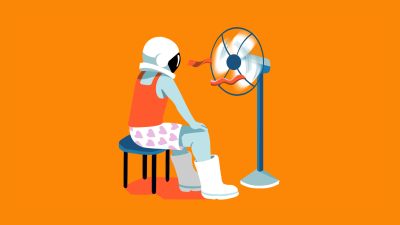 Mission Sensor Watch: Cool Your Community, by Tiffany Lucey
Mission Sensor Watch: Cool Your Community, by Tiffany Lucey
Join the mission to beat the heat! Explore how the ISS monitors the Earth’s surface with high-tech sensors to track rising temperatures. With this knowledge, you’ll investigate heat patterns in your neighborhood and design a cool solution to combat “heat islands.”
Mission Tech Force: Robots For A Sustainable Future, by Jennifer Swanson
Gear up for an engineering adventure! Explore how robots assist astronauts on the ISS with critical tasks, from docking shuttles to installing equipment. Then, design a robot to tackle climate change, clean up pollution, or build greener, more eco-friendly communities.
Robots for a Sustainable Future!
Mission Rehydrate: Clean Water For A Thirsty Planet, by Kathy Ceceri
Dive into the world of water conservation! Learn how astronauts on the ISS recycle every drop of water and how space tech is helping to solve Earth’s water challenges. You’ll investigate different materials to design a filter that cleans water efficiently.
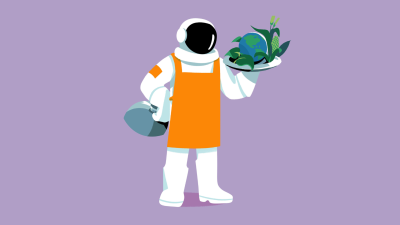
Mission Cosmic Crops: Combat Hunger With Space Technology, by Jennifer Swanson
Discover how NASA astronauts grow fresh food aboard the ISS using cutting-edge agricultural technology. You’ll build your own hydroponic planter to investigate how space-age agriculture can help combat hunger in your community.
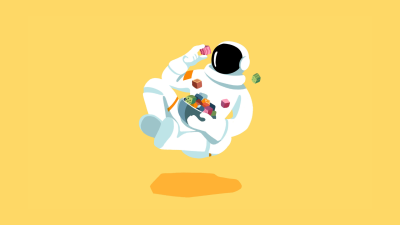
Mission Orbital Eats: Engineer Foods For Extreme Environments, by Jennifer Swanson
Get ready to solve the ultimate food challenge! Discover how scientists engineer nutritious, safe, and crumb-free meals for astronauts living in the harsh environment of space. Test which foods work best in extreme conditions, then design your own meal for challenging places on Earth.
To make implementation as easy as can be, Down to Earth activities include additional resources for educators and parents, such as a materials list, lesson plan, slide deck, assessment tools, and extension activities. Got questions? Need disability or language accommodations? Send us an email at educate@sciencefriday.com.
Want more? Try some fantastic space-themed Science Friday activities to spark your cosmic curiosity. Or download a list of great Science Friday ISS stories to enjoy. And, of course, visit the International Space Station Laboratory website for great educational activities, too.
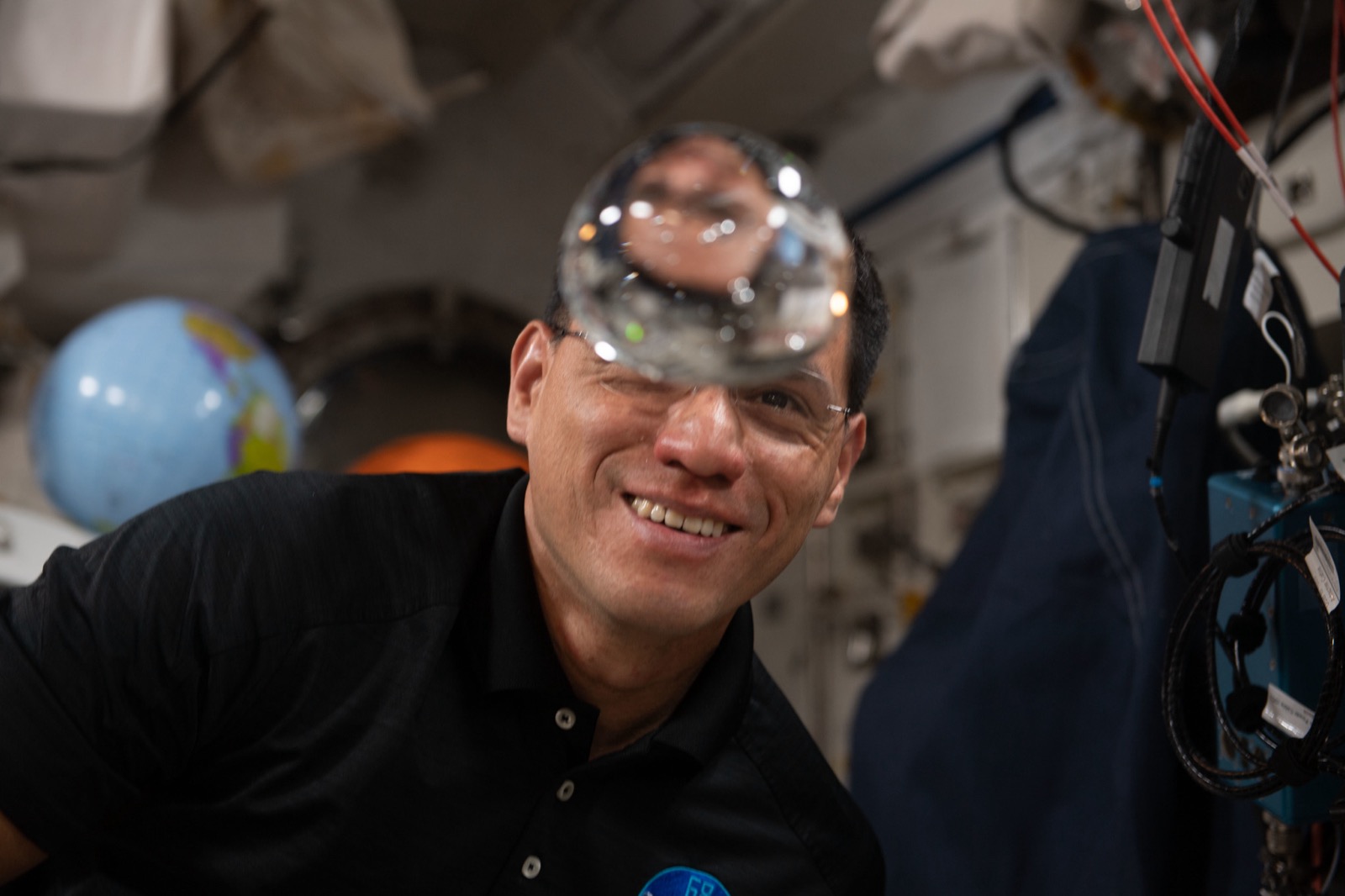
The Down To Earth Community Lab is your space for learning! Join your fellow space explorers to ask questions, share out-of-this-world ideas, and forge new friendships in a family-friendly online environment. Whether you’re a caregiver, facilitator, educator, or learner, this is the perfect launchpad for coming together as a stellar community. Join now!
During the initial run of Down to Earth we hosted special online live events: Mission Control Live! These fun, interactive sessions provided the opportunity to meet real experts and learn what it’s like to work in space science. All the events are available on Science Friday’s YouTube channel! Download our Scientist Q&A graphic organizer to help your learners share their thoughts. You can watch the entire playlist below.
You may also enjoy Science Friday Live! From The International Space Station. We partnered with NASA for a very special In-Flight Downlink in January 2025, where we connected with astronauts Don Pettit and Butch Wilmore, on the International Space Station (ISS), who answered student questions LIVE in real time! In honor of the Live In-Flight Downlink we planned a full day of exciting programming that you can view on YouTube.

Special thanks to the ISS National Laboratory and the Center for Advancement of Science in Space™ (CASIS™) for funding Down to Earth. Working together with NASA, the ISS National Lab aims to leverage the space station to inspire the next generation.
Sandy Roberts is Science Friday’s Education Program Manager, where she creates learning resources and experiences to advance STEM equity in all learning environments. Lately, she’s been playing with origami circuits and trying to perfect a gluten-free sourdough recipe.